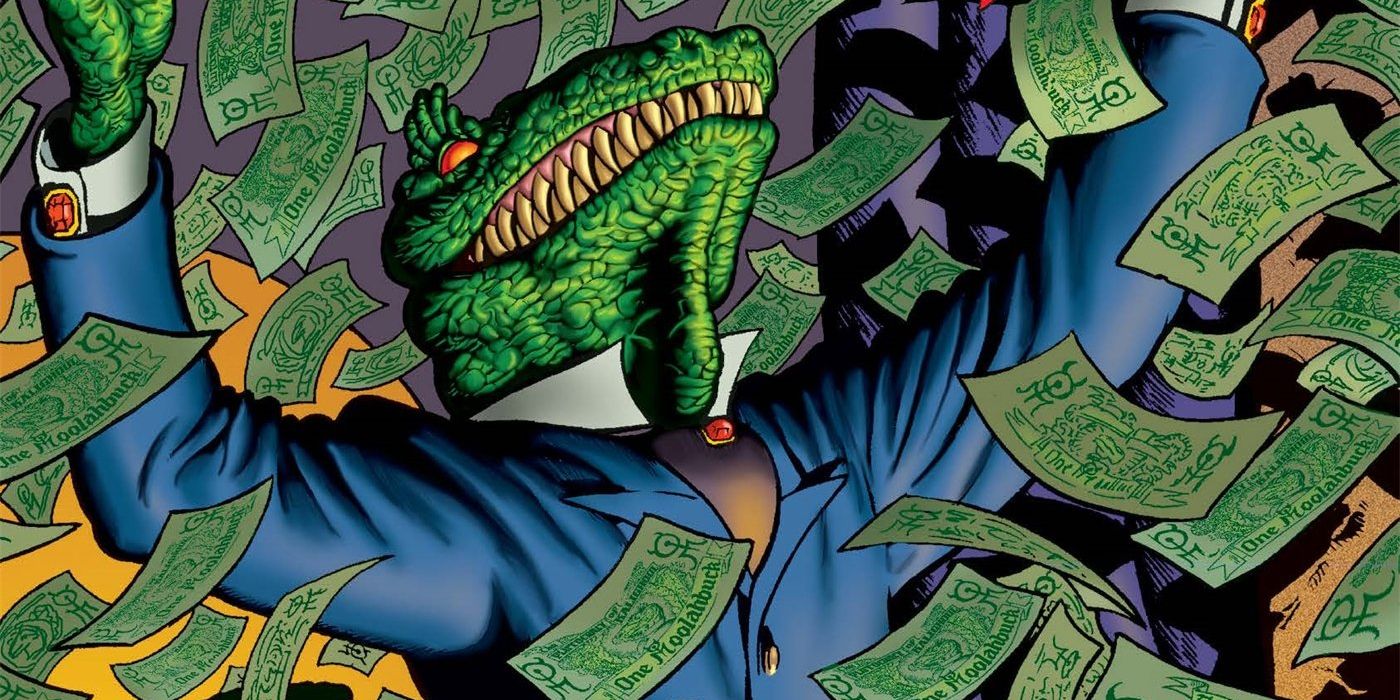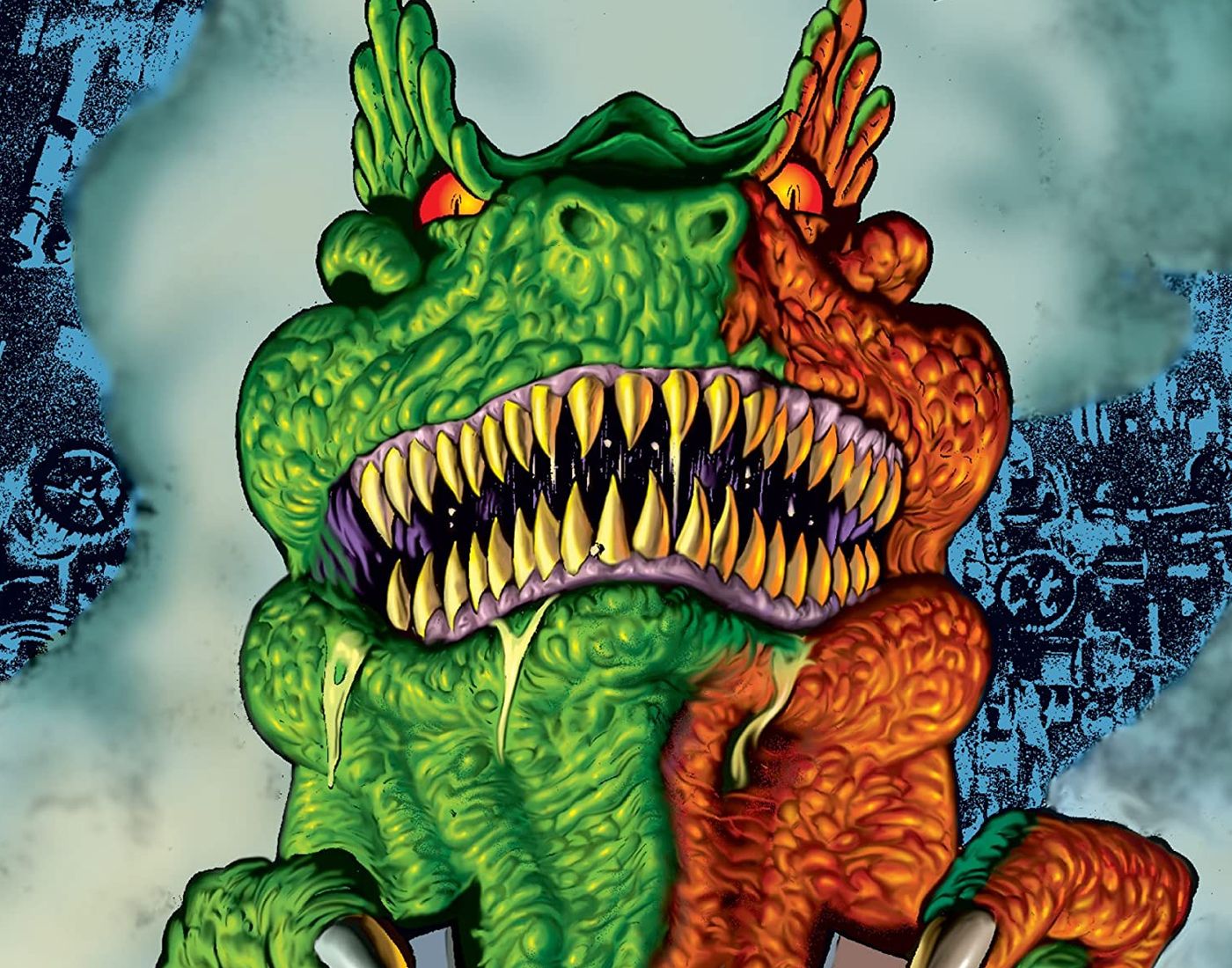Even decades after it's initial publication, Neil Gaiman's most famous comic book co-creation, The Sandman, is as relevant as ever. An Audible adaptation has been a huge hit, and a contemporary Netflix adaptation of the series that Gaiman worked on with artists like Sam Keith, Dave McKean and many others, is in active development. Gaiman's seminal Vertigo series spawned an entire universe, but it wasn't the only comic book world Gaiman had a hand creating in the '90s.
Tekno Comix was a comics publisher that operated from 1995 to 1997, and its publishing line revolved around concepts created by famous authors. In addition to Gaiman, their stable included actor Leonard Nimoy and late, great writers Isaac Asimov, Gene Roddenberry and Mickey Spillane. Despite that creative pedigree, none of the high-profile series creators wrote their comics. They were handed off to other writers. Gaiman conceived three series for Tekno; Lady Justice, Mr. Hero The Newmatic Man, and Teknophage. They were all part of a shared universe, of which Teknophage was the primary villain.
Henry Phage was a gigantic 65 million-year-old bipedal serpent demon who resembled a dinosaur. Thanks to his access to wormholes, he ruled multiple worlds, including his home planet Kalighoul. When the series opens, he has designs on adding Earth to his collection. The secret to Phage's longevity was his diet. He swallowed his prey whole, consuming their souls in the process.
After the series was created in 1994, writer Rick Veitch, known for savage superhero satires like The One and Brat Pack, took Neil Gaiman's initial concept for Phage as an apex predator and turned him into a business mogul. He wore power suits and operated out of a gigantic moving skyscraper called the Phage Building. Veitch was joined by artist Bryan Talbot, whose experience creating the legendary Luther Arkwright stories showed through while shaping Teknophage's steampunk aesthetics. Talbot drew the first six issues of the series, which was completed by Paul Jenkins and Al Davison.
The series has more in common with 2000 AD's brand of gonzo sci-fi than the Vertigo style that Gaiman helped pioneer. The series is a far cry from what people would expect from anything Gaiman's been involved in before or since. In spite of that, Gaiman wasn't absent after its creation.
While he didn't write any of the scripts himself, Veitch said he was an active participant in the series' creation. He served as a "story editor," offering advice and encouragement to Veitch and Talbot as they satirized an emerging corporate culture with their gigantic dinosaur tycoon.
While Teknophage is one of the most obscure projects that Gaiman has been involved with, the series still presents a chance to see his ideas featured through creators like Talbot, Jenkins, Veitch and Steve Pugh.
Currently, Papercutz owns the rights to Gaiman's Tekno output. Teknophage has been reprinted in two volumes and is also available digitally. While it's unlikely Mr. Phage will ever conquer other media the way he took over the worlds of the Tekno Comix universe, the villain still represents an intriguing footnote in Gaiman's history.


